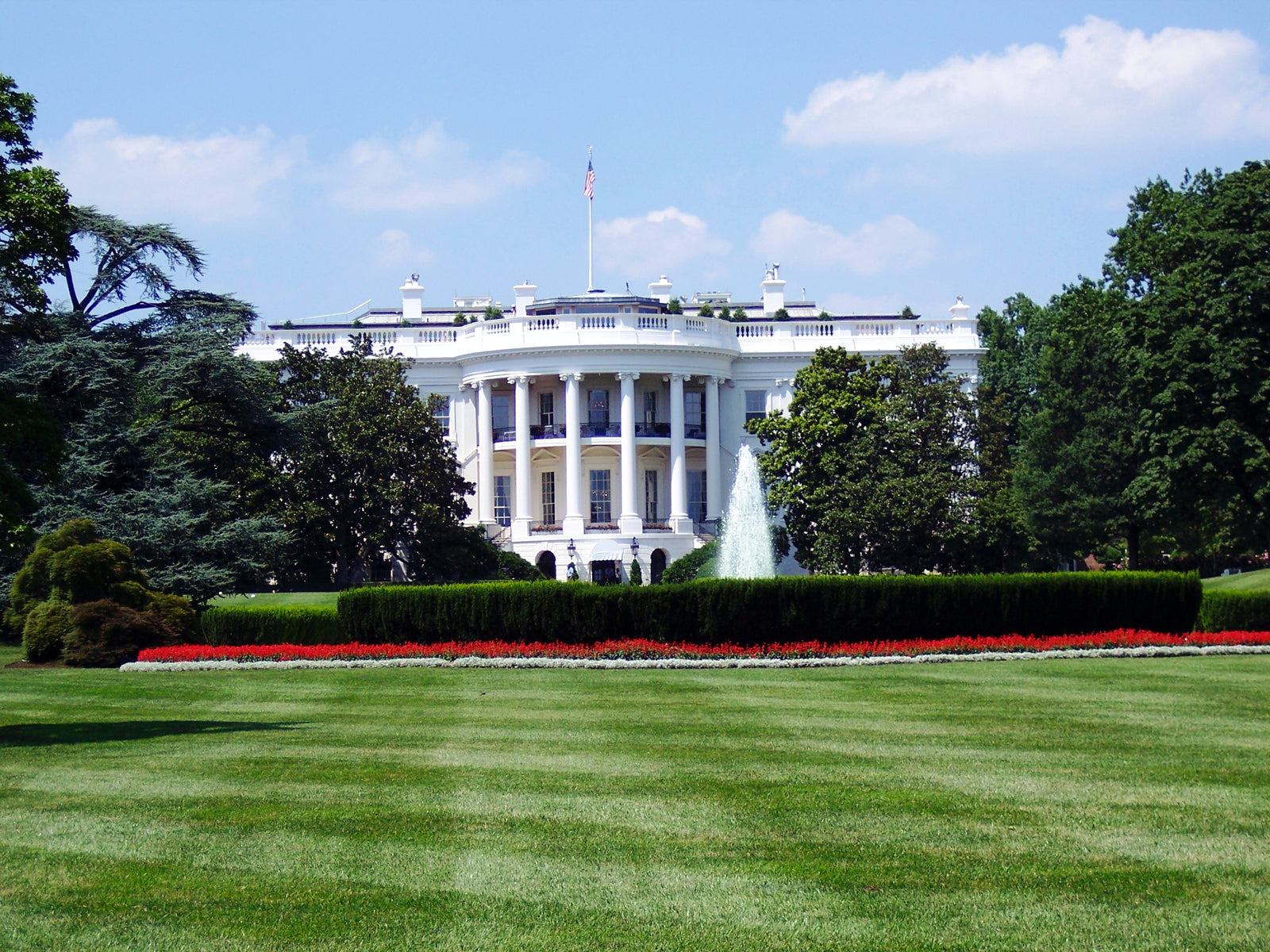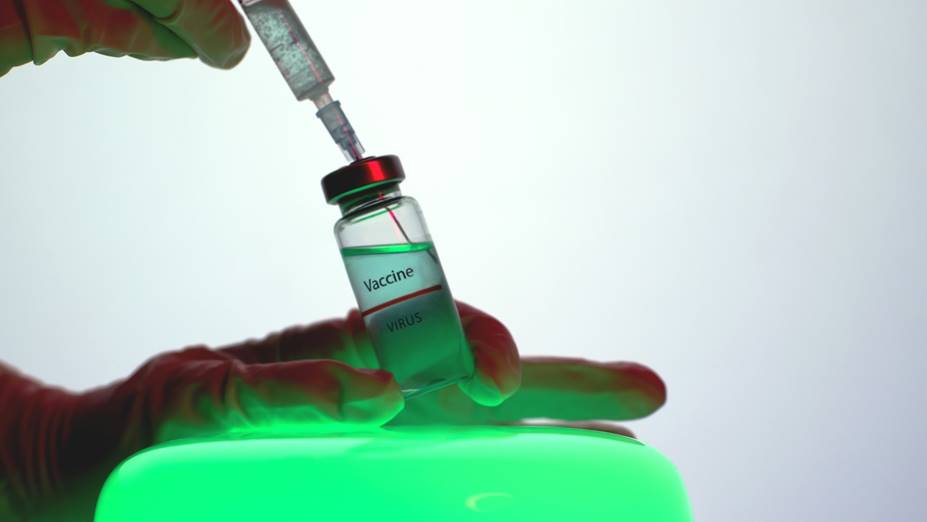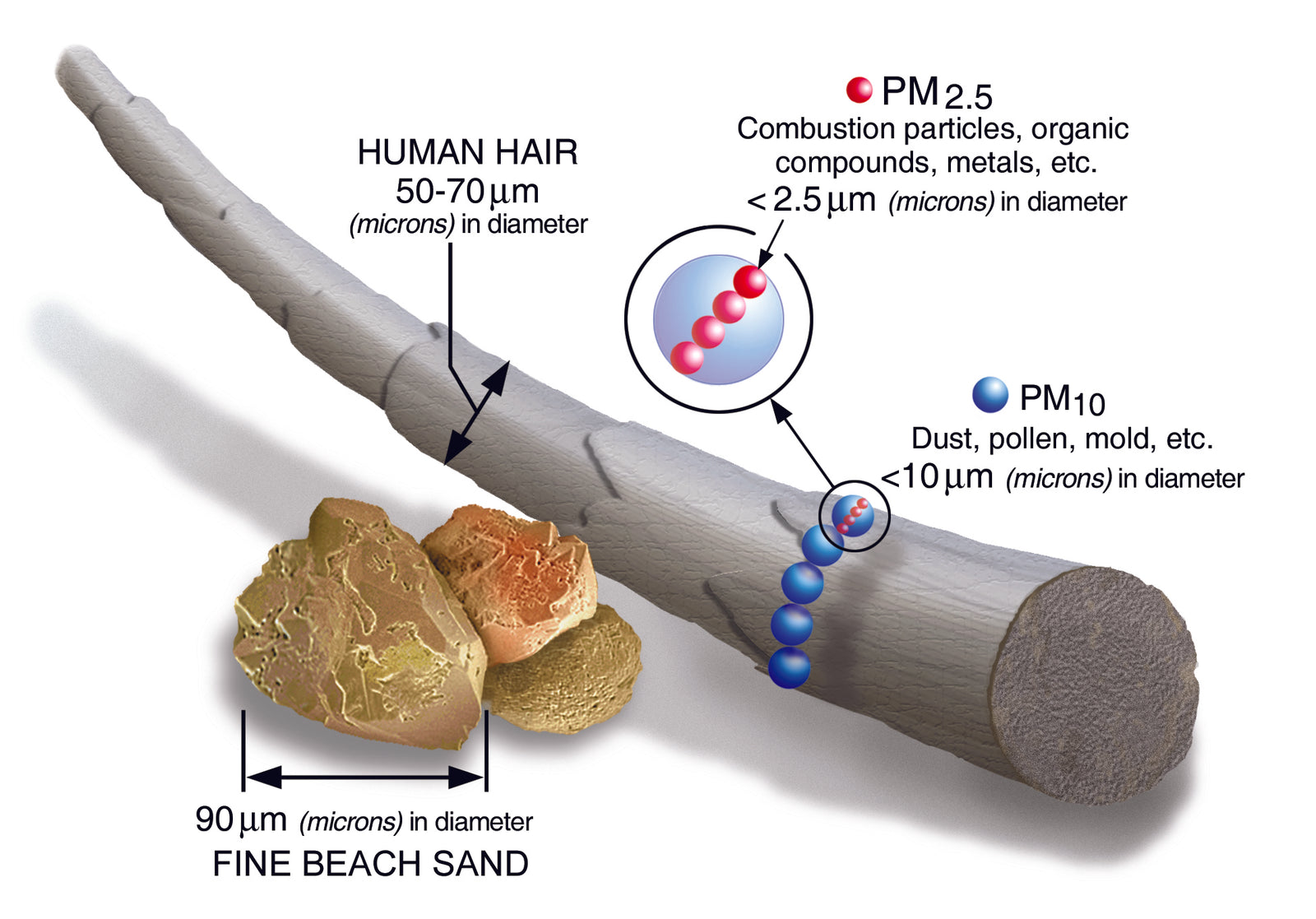Help at the White House

I know a good number of our customers are up to speed on the technology behind germicidal ultra-violet light, and the benefits of sterilizing indoor air to minimize the chances of airborne viruses being spread not just through the air but on surfaces.
At Earthwise UV we've been debating the current state of the White House after the President, executive team, and White House employees tested positive for Covid-19. The debate centered on what steps must the White House take to sanitize the building, and the many historical artifacts and heirlooms. The thought being we'd tell our customers about the logical steps, products, and technologies required to prepare the White House for the President’s return, but we are not.
Instead, we are asking our readers and followers to tell us the steps you would recommend to the White House should they call you and ask, “We need your help on sanitizing the White House?”. Tell us the steps you’d recommend, products/technologies you might propose, and your general thoughts about what the White House staff has likely done to lower the risk of contracting the virus. We’ll select the best entry and ship you one of the products we’d recommend if called upon for advice.
A little bit about the White House. George Washington selected the site for the White House in 1791 that same year construction began. In 1800 President John Adams was the first President to live in the house. Fourteen years later, during the War of 1812, the British burnt the structure requiring it to be rebuilt in 1817. In 1950 President Truman approved and began a major renovation of the White House, and today it remains largely the same. The White House is part residence, national museum, and where most major decisions are made by the Executive Branch.
- The structure is large representing approximately 55,000 square feet. The length of the building is 168 feet by 85 feet wide and about 60 feet tall (which includes 6 stories). There are 132 rooms, including 16 family/guest rooms, 35 bathrooms, and a main kitchen and family kitchen. Ten of these rooms are on the ground floor. The West Wing houses the office Oval Office (800 square feet), Cabinet Room, Roosevelt Room, and the Situation Room (5000 square feet). The East Wing contains the Office of the First Lady, Secret Service, the Department of Defense, and the President's theatre. Combined, the West and East represent nearly 30,000 square feet with most ceilings 11 feet tall.
Your challenge, should you choose to accept it, is to recommend a solution that would make the White House safe again. We'll select the winner of the challenge in next week’s newsletter. Please share your thoughts…it will be a good reward!
Also in News

An Unusual Journey to Normalcy

The History of Vaccines: What it Means for Coronavirus

